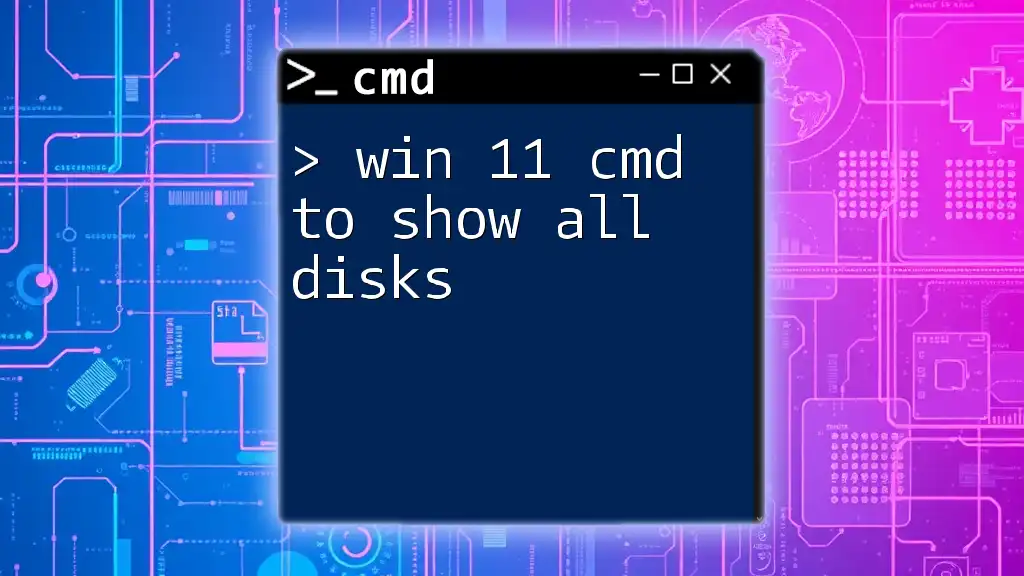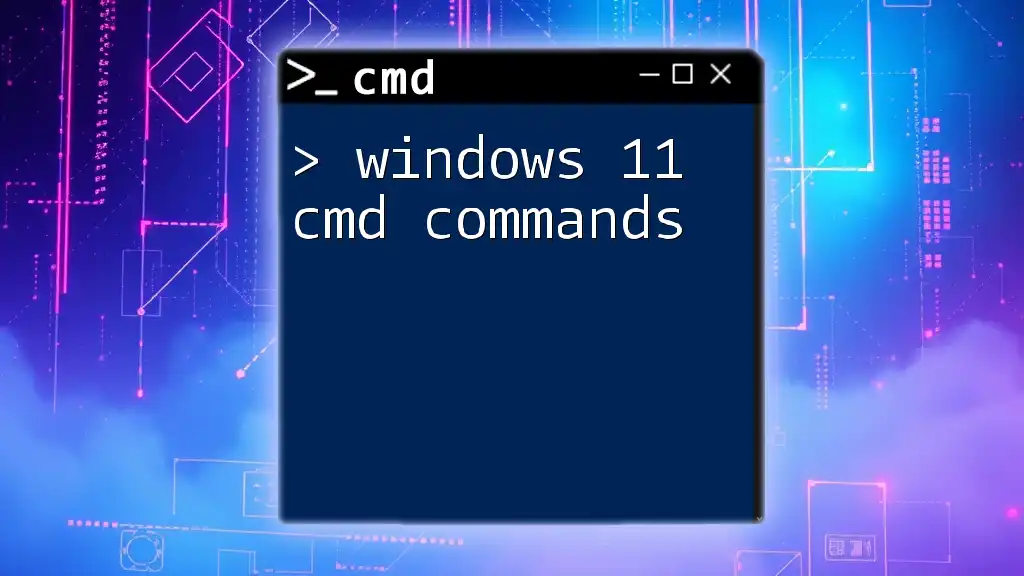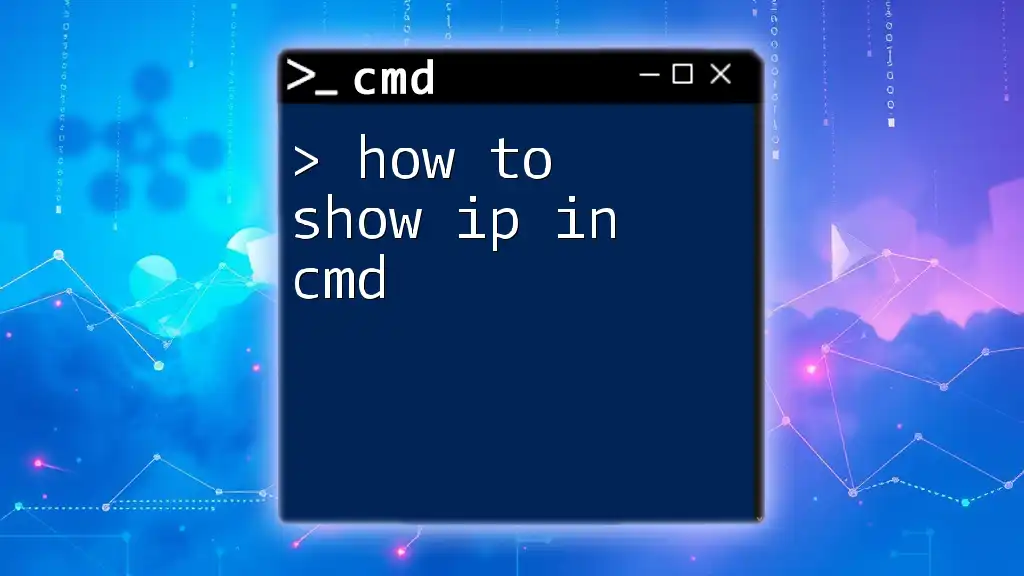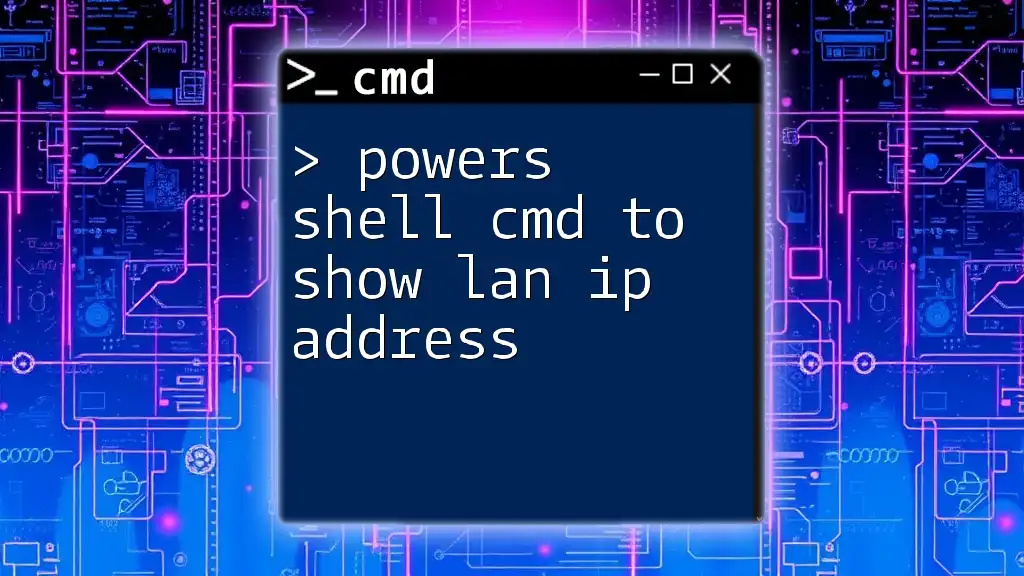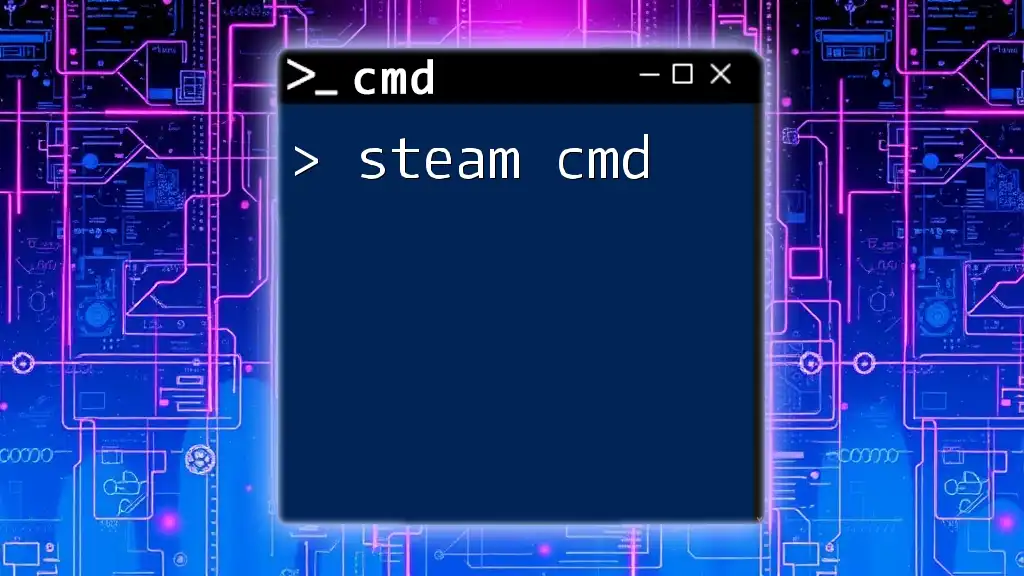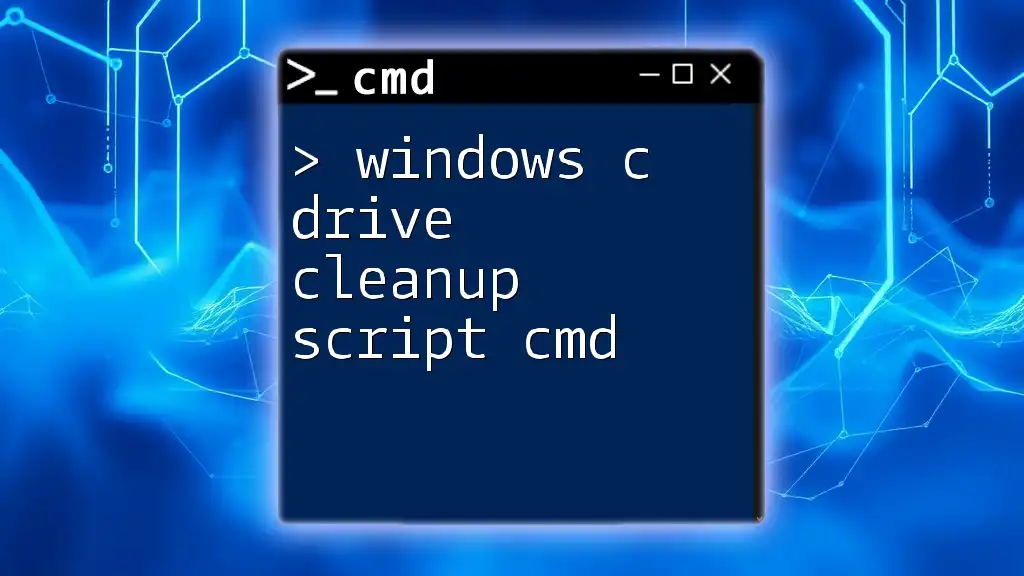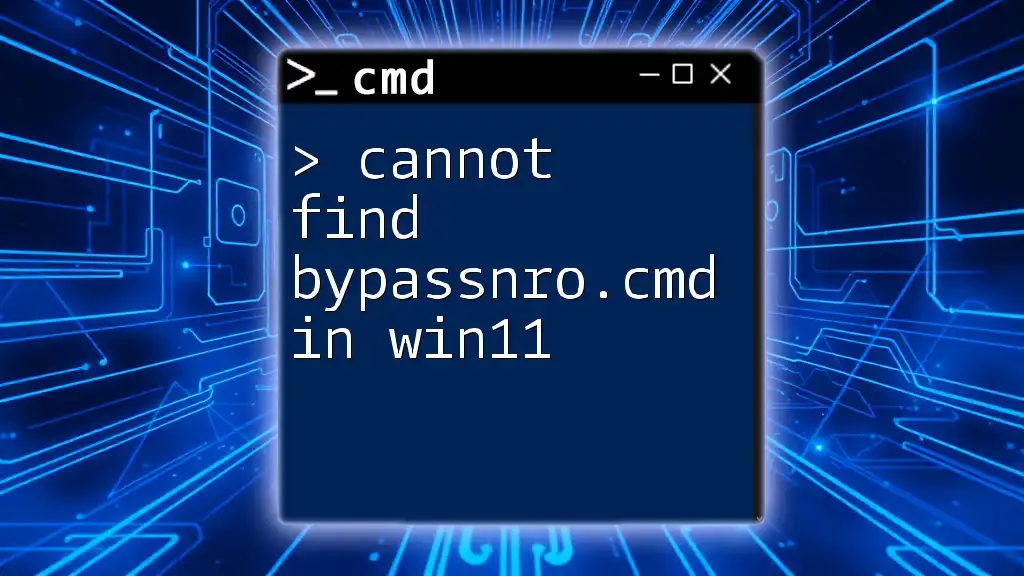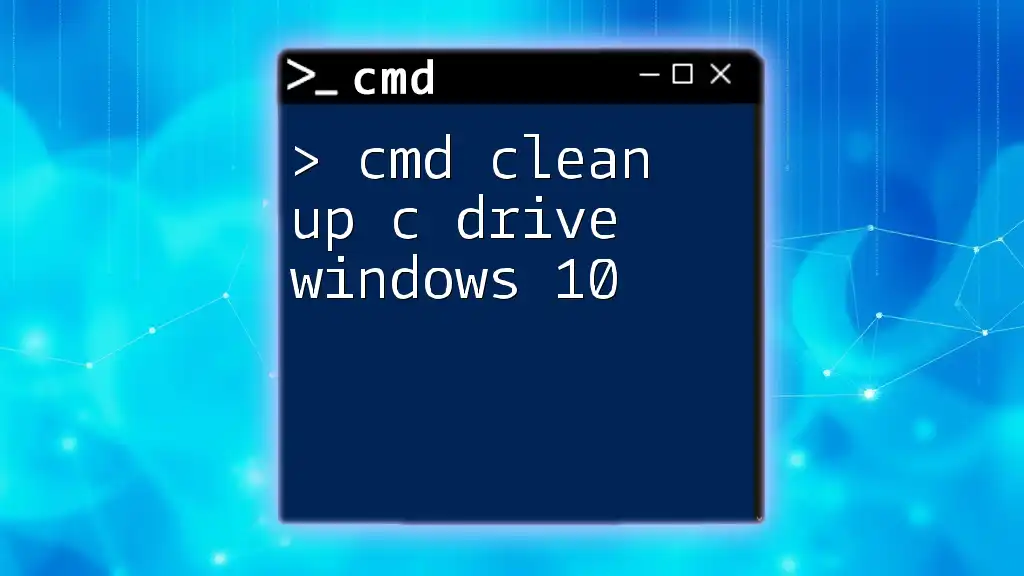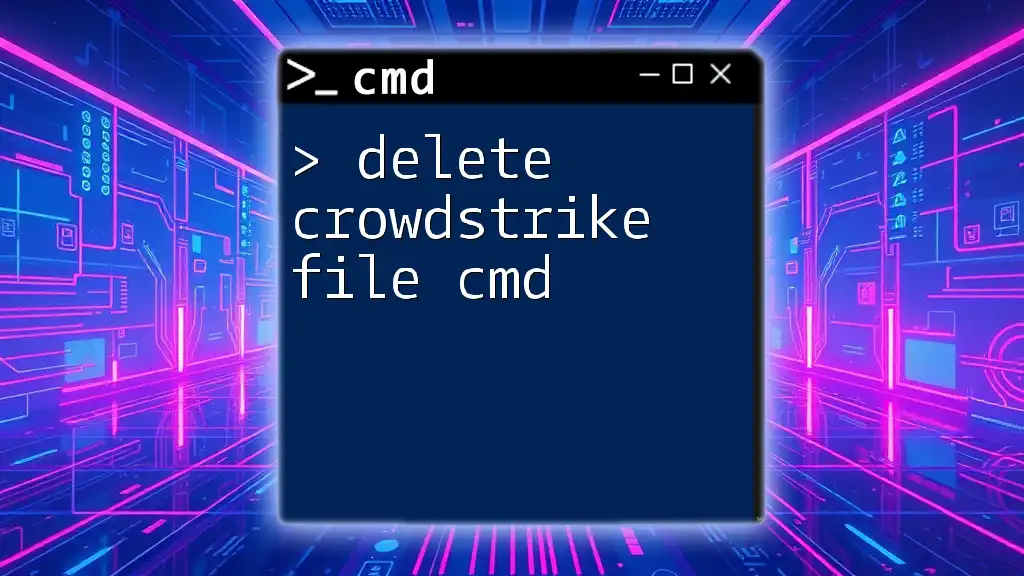To display all disks in Windows 11 using the Command Prompt, you can use the DiskPart utility with the appropriate command.
diskpart
list disk
Understanding Disk Management in Windows 11
What is Disk Management?
Disk Management is a built-in utility in Windows that allows users to manage disk drives and their partitions. It provides a graphical interface to perform complex tasks related to storage, such as creating, deleting, and resizing partitions, as well as formatting disks. In addition to the graphical interface, it is essential for users to understand how to manage disks using the command line, as it enhances efficiency and allows for advanced configurations.
Why Use CMD for Disk Management?
Using CMD for disk management offers numerous advantages over graphical interfaces:
- Speed and Efficiency: Command-line operations can often be performed faster than navigating through a GUI, especially for experienced users.
- Automation: CMD commands can be scripted for repetitive tasks, making it easier to manage multiple systems or perform bulk operations.
- Advanced Control: Some disk management tasks are only available through CMD, providing users with complete control over their systems.

Getting Started with CMD in Windows 11
Opening the Command Prompt
To start working with the command prompt, you'll first need to open it. Here are two simple ways to do that:
- Using the Start Menu: Click on the Start menu, type "cmd," and press Enter.
- Using Windows + R: Press `Windows + R`, type `cmd`, and hit Enter.
Once you have CMD open, you can begin entering commands.
Command Prompt vs. Windows Terminal
While CMD remains a powerful tool for command-line operations, Windows Terminal is a modern, feature-rich alternative. It supports tabs, various shells, and extensive customization, making it a preferred choice for many users. However, for traditional disk management tasks, CMD remains effective and accessible.
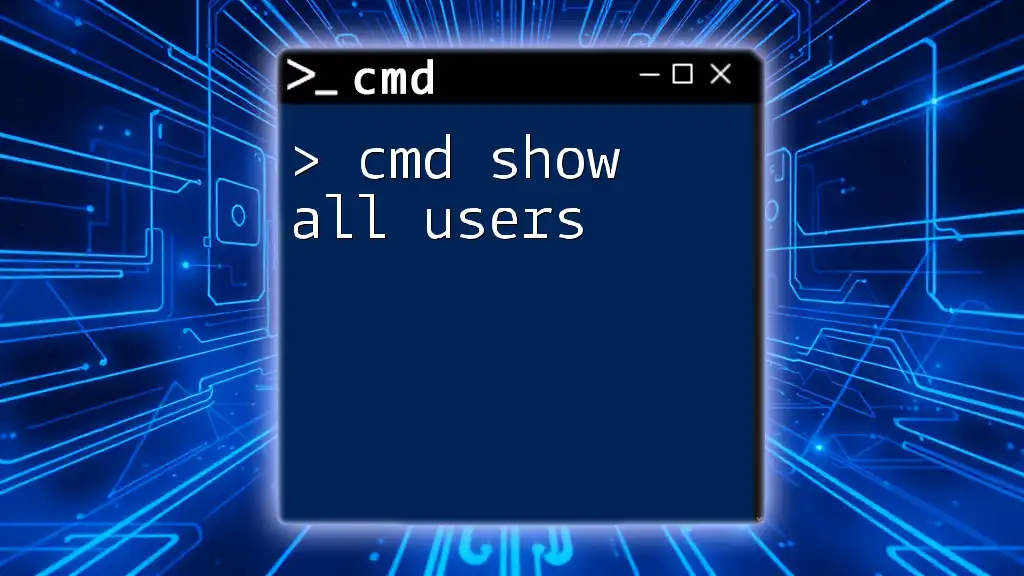
CMD Commands to Show All Disks
Introduction to Disk Querying Commands
To effectively manage disks, you need to query disk information. The following commands are instrumental for retrieving detailed disk information in Windows 11.
Using the `diskpart` Command
Entering Diskpart
Diskpart is a powerful disk partitioning utility that operates from the command line. To access it, simply type the following command in CMD:
diskpart
Listing Disks with Diskpart
Once you are in the Diskpart utility, the command to list all disks connected to your system is:
list disk
When you execute this command, Diskpart provides an output that includes essential information like Disk Number, Size, Free Space, and whether the disk is Dynamic or Basic. This information is vital for understanding your storage landscape.
Using the `wmic` Command
Overview of WMIC
WMIC, or Windows Management Instrumentation Command-line, allows users to retrieve system information, including details about disks.
Listing Disks with WMIC
To see a brief summary of all disks, you can use the following command:
wmic diskdrive list brief
This command outputs key data points, including Device ID, Model, Size, and Status. Each of these fields provides insight into the disks attached to your system.
Using the `PowerShell` Command
Introduction to PowerShell in Context
PowerShell is an advanced command-line shell that comes with Windows and is designed for configuration management and task automation.
Listing Disks with PowerShell
If you prefer to use PowerShell, the command to display all connected disks is:
Get-Disk
This command provides a more comprehensive overview, including fields such as Number, FriendlyName, OperationalStatus, and HealthStatus, allowing for deeper insight into your disk configuration.
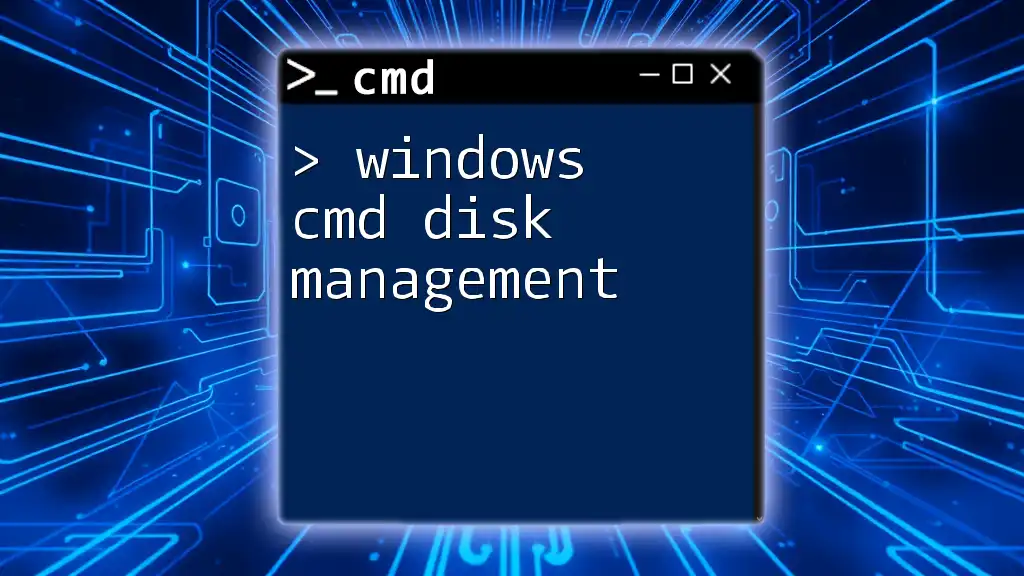
Interpreting the Disk Information
Understanding the Output
When you run the above commands, understanding the output is crucial for effective disk management. Key pieces of information include:
- Disk Number: Identifies the disk in commands.
- Size: Displays the total storage capacity.
- Free Space: Indicates unallocated space which can be useful for planning partitions.
- Status: Represents the health of the disk; critical for identifying potential hardware failures.
Common Disk Statistics to Note
- Physical vs. Virtual Disks: Knowing the difference helps in operations like cloning or creating backups.
- Storage Space Insights: Understanding used and available space is vital for performance optimization and planning upgrades.
- Health Status and Potential Issues: Regularly checking disk health can help avoid data loss.
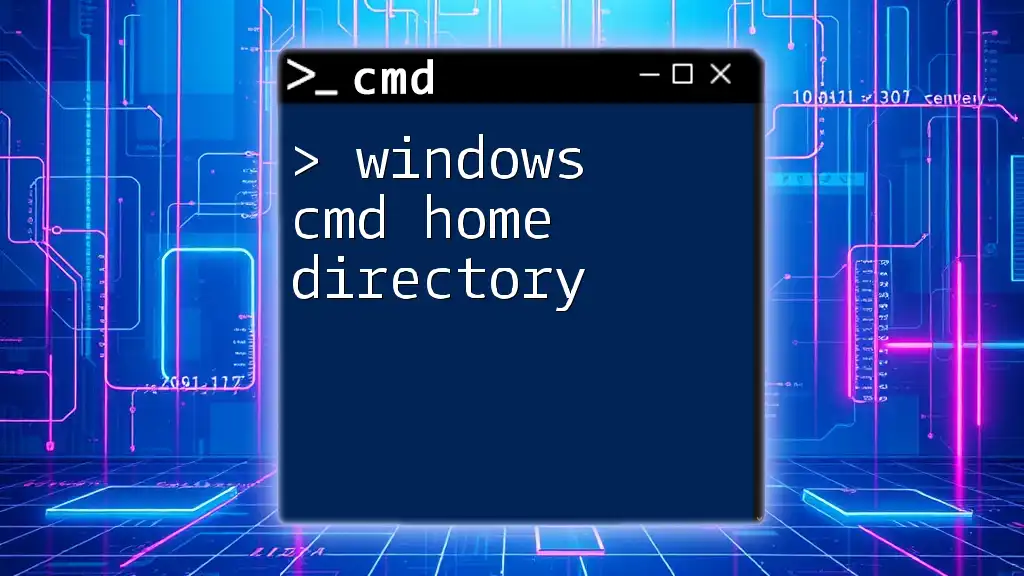
Advanced Disk Management Commands
Exploring Additional Diskpart Features
Diskpart isn’t just for listing disks; it includes powerful features like creating, deleting, and formatting partitions. These commands can be complex and should be executed with caution. For instance, to create a new partition, you first select a disk and then enter the following:
create partition primary size=10240
This creates a new primary partition of a specified size (in MB).
Combining Commands for Efficiency
For users managing multiple disks or performing routine configurations, combining commands into a single script can save time. For example, you can create a script file and run it with:
diskpart /s script.txt
This way, users can queue multiple actions, improving workflow efficiency.
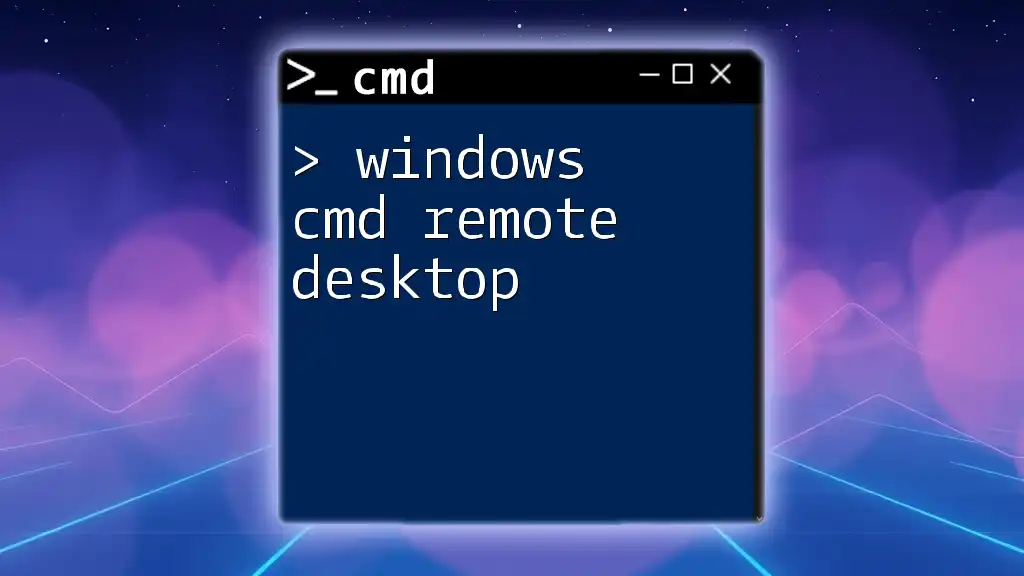
Conclusion
Mastering the win 11 cmd to show all disks enables users to manage their data storage more effectively. As you practice these commands, you'll find that command-line skills can significantly enhance your computing efficiency and control. This foundational knowledge lays the groundwork for delving deeper into more advanced CMD functionalities, empowering you to become proficient in system administration and disk management.
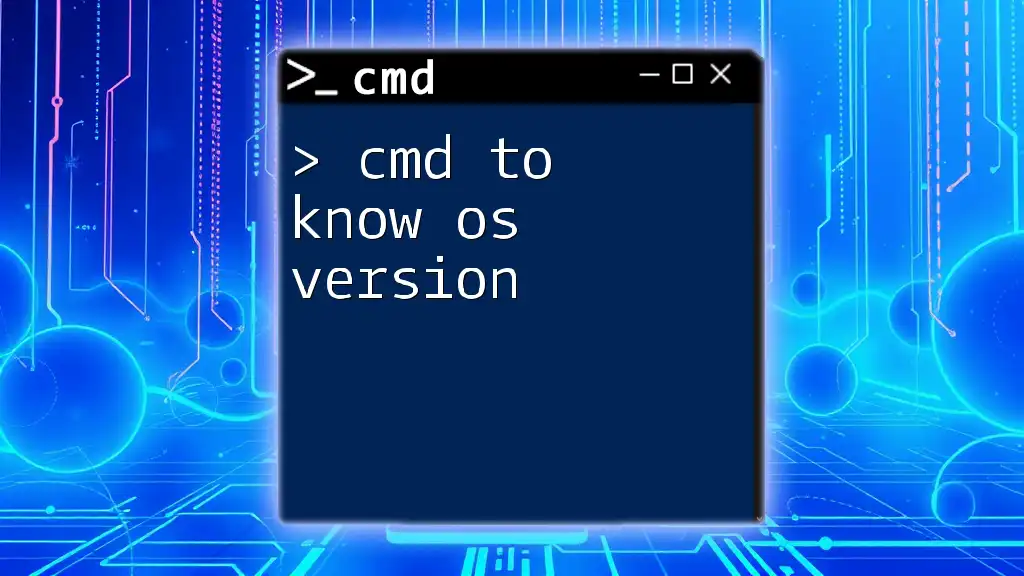
Additional Resources
Recommended Reading
For further exploration, it’s advisable to check out the official Microsoft documentation on CMD and Disk Management for a deeper understanding and latest updates.
Suggested Tools
Consider complementing your CMD knowledge with third-party tools that enhance disk management capabilities while providing a user-friendly interface.

